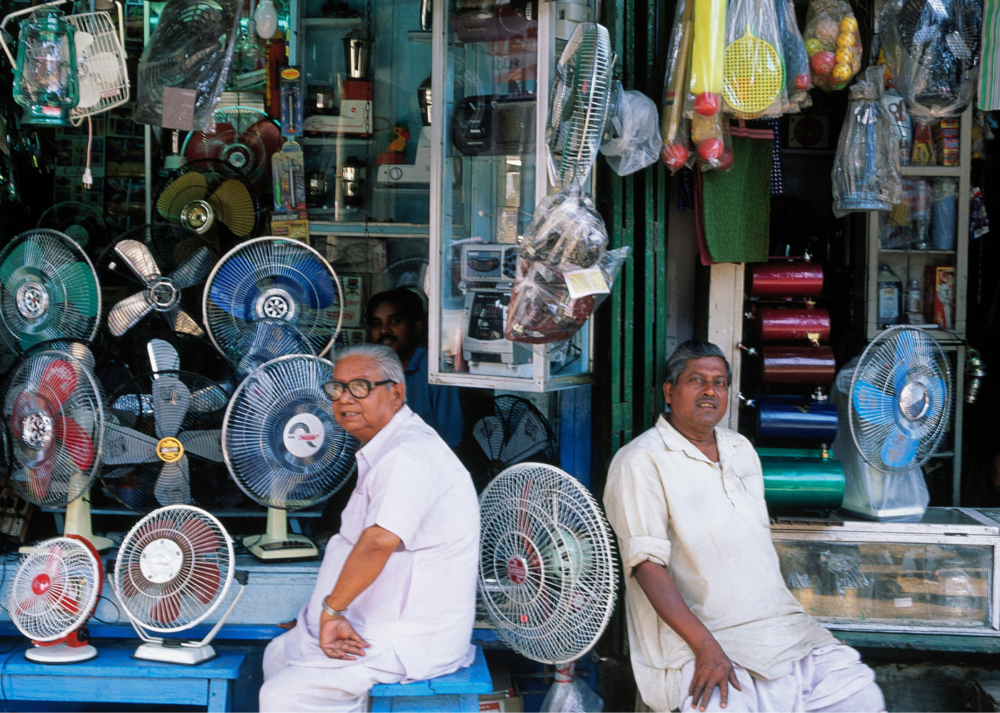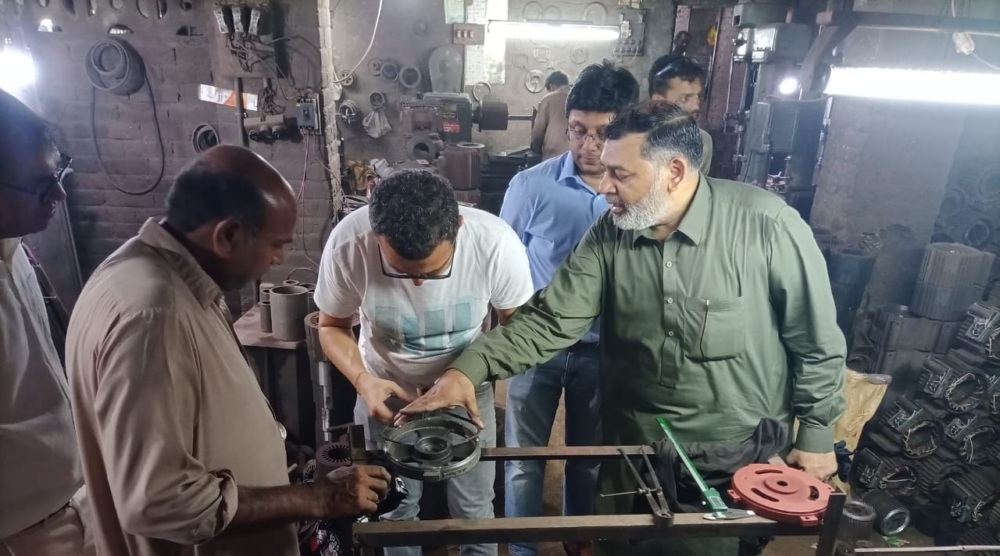Beyond Energy Savings: How India’s Efficiency Policies Shape Markets and Help Households
CLASP Senior Associate Kishore Kumar reflects on the success of the India Bureau of Energy Efficiency (BEE) flagship appliance energy efficiency program, and its role in driving change for households and businesses that rely on energy-using appliances and equipment to meet their needs.
Ever since India’s Bureau of Energy Efficiency (BEE) launched its flagship Standards & Labelling Programme in 2006 to improve the efficiency of appliances and equipment, it has made headlines for its success in reducing electricity use and cutting carbon dioxide emissions. But the benefits of the program go far beyond terawatt-hours and tons of carbon avoided.
Annual analyses highlight the electricity use avoided through BEE’s ever-growing portfolio of efficiency policies: in fiscal year 2019-20, they accounted for 65 TWh of avoided power use, which amounts to 5% of the country’s total electricity consumption for the year. Since its 2006 inception, activities under the Standards & Labelling Programme have avoided 366 TWh of electricity use. The greenhouse gas emissions avoided thanks to the program are similarly massive: 300 million tons of CO₂ emissions since 2006, or about the annual emissions of Thailand.
Beyond the headlines, though, India’s efficiency policy program is an important driver of change for households and businesses that rely on energy-using appliances and equipment to meet their needs. Requirements that raise the efficiency and quality of appliances have numerous benefits: they help push out poorly performing equipment that waste households’ limited funds; accelerate the cycle of innovation that brings higher performance levels and features to the marketplace; lead to new local manufacturing capacity; and reduce energy cost burdens for homes and businesses.
Energy efficiency drives user cost savings over a product’s lifetime. For certain products, efficiency requirements lead to some increase in purchase costs. This difference is typically small, though, and by using an evidence-based policy design process, policymakers can balance purchase price increases against cost savings from efficiency to ensure that most users will save money over the course of ownership.
An example of this is the efficiency policy that BEE adopted for room air conditioners (RAC) in 2007. The manufacturing industry found that a highly efficient, 5-star RAC cost about 20% more than a 3-star RAC, which is more than compensated by energy bill savings. Across BEE’s efficiency policy program, the average efficiency payback period is less than 5 years, making efficiency a “win” for consumers.
Another benefit provided by the efficiency policy program is organizing the market for covered products. When BEE introduced voluntary energy labeling for RACs, frost-free refrigerators, tubular fluorescent lamps, and distribution transformers over a decade ago, those markets were highly disorganized. Most consumers had no idea that these products were particularly energy intensive, and that efficiency would be an important factor in their total cost of ownership. Even if they knew, there was no way to compare the energy performance of the products available in stores. The initial voluntary labels empowered consumers with information about some of the best products in the market, and when policy compliance later became mandatory, it drove additional market transparency. By establishing clear criteria for high-performing products in these categories, efficiency policies had the result of pushing lower quality goods out of the market, to the benefit of buyers.
The adoption of efficiency policies can also stimulate domestic manufacturing and the ecosystem of services associated with a product. For example, when India adopted RAC efficiency policies, the government worked directly with domestic manufacturers to ensure they would respond to the new requirements. By aligning its efficiency policy activities with domestic manufacturing goals, officials drew support from a wider group of stakeholders and laid the groundwork for broader economic gains.
Today, BEE manages efficiency policies for 28 types of appliances that provide essential productivity, health and safety benefits across the economy. The program has contributed to the efficiency performance of 2.1 billion appliances, including 600 million appliances in 2019 alone. These policies drive down domestic power consumption and play a crucial role in reducing India’s carbon dioxide emissions and contributing to meeting the country’s climate commitments. In addition, these policies help ensure that Indian consumers have access to the types of high-quality equipment available in top global markets, and help Indian manufacturers achieve the levels of innovation and scale that make them competitive technology exporters.
As BEE and other energy policy stakeholders continue to advance the appliance efficiency framework in India, governments around the world will look to this example of how efficiency policies can not only deliver electricity and carbon emissions reductions, but also contribute to mature markets and help households manage their budgets.









